Klaus Pichler – Skeletons in the Closet
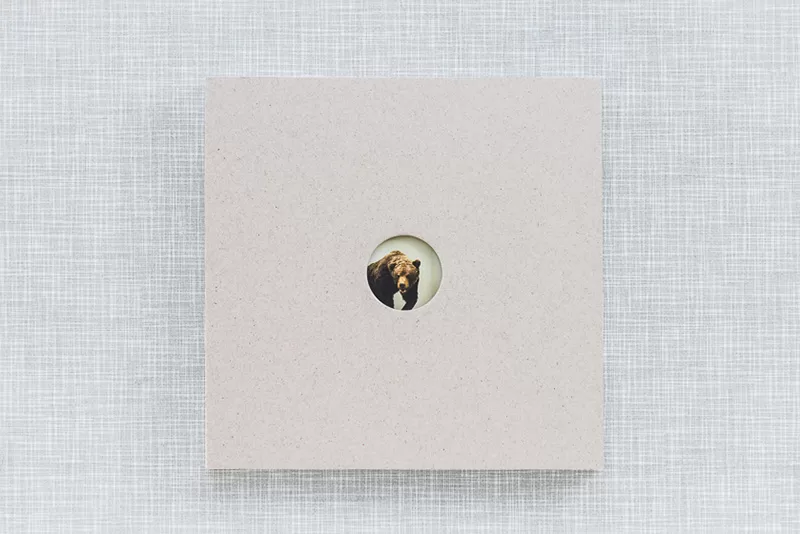
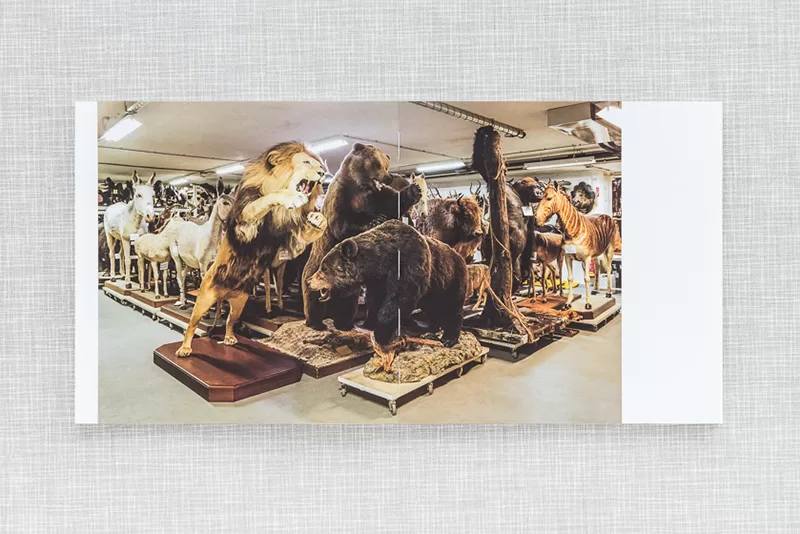
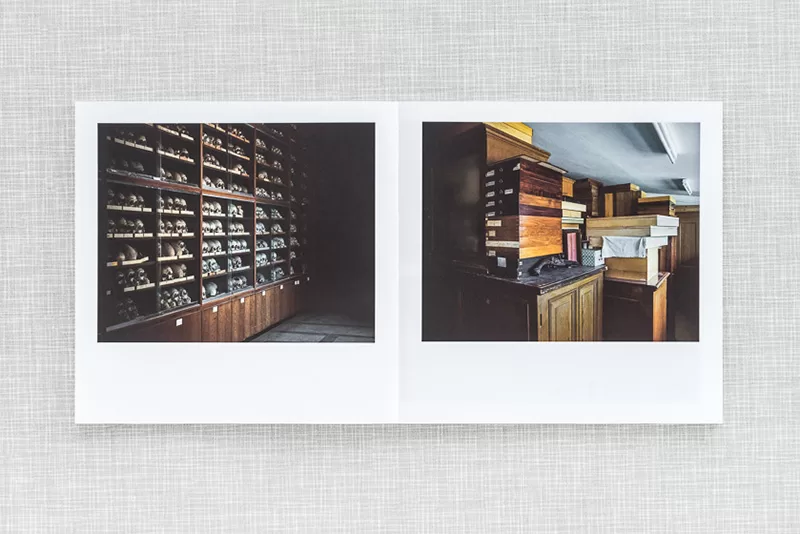
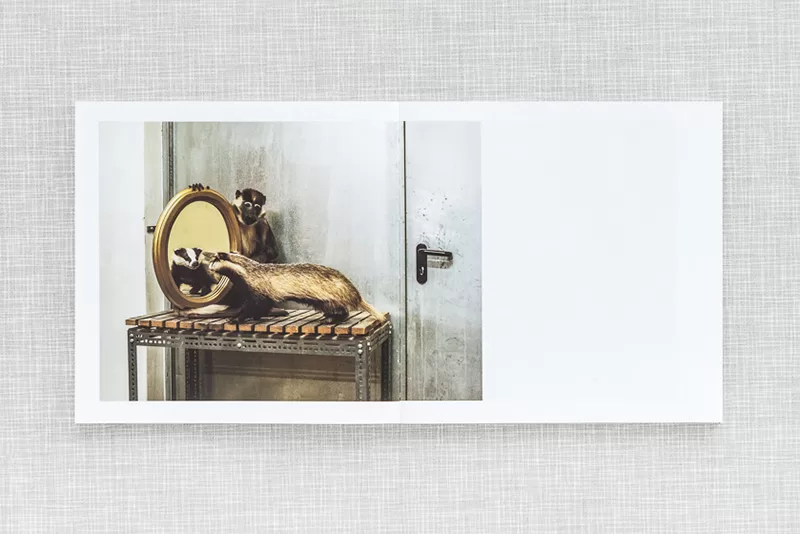
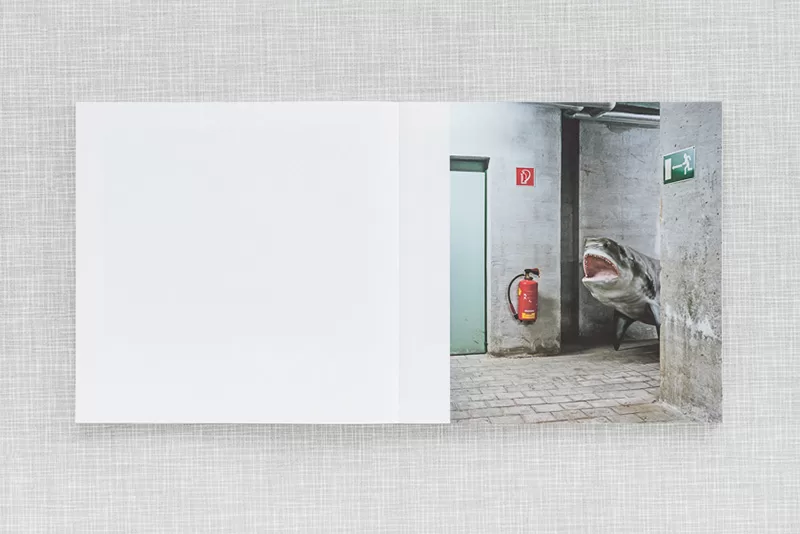
Artist: Klaus Pichler
Title: Skeletons in the Closet
Publisher: self published
Year: 2013
BUY
We are all familiar with the various scenes created to show us parts of history; the scenes to show us the mammoth, or the Neanderthal, or even a political scene referencing events in Ancient Rome or Greece. But have you ever wondered what lies behind the closed doors at the museum? We’re you that child who wanted to see what lay beyond the corridors and rooms available to the public?
Klaus Pichler took that curiosity and turned it into something intriguing, wonderful and addictive with his book, Skeletons in the Closet and made wonderful use of a medium designed to show what is literally in front of the lens.
When passing the Natural History Museum one night, Pichler noticed a light on and looked in to find a bureau room with a stuffed antelope standing in the corner. The spark was lit and a series was formed which arguably marks a turning point in Pichler’s work.
The images from a playful and witty series with subjects including everything from foxes and deer to bears, sharks and Neanderthals roaming the corridors and storage rooms in positions to amuse, surprise and generally give some form of entertainment. The series beautifully shows the museum as a setting in constant flux accompanied by the sense of humour of the professionals working there such as taxidermists.
Curiosity and humour have formed a magical alliance here and the images allow us to play out these scenarios to ourselves and it suddenly becomes less and less far fetched to imagine a bear riding in an elevator, antelope hiding beneath plastic sheeting or even a shark lurking around the next corner. Pichler’s images play with our ideas of juxtaposition and expectations in a beautiful way, bringing out a child like pleasure in the unknown.
As we gaze around the images forming relations between the subjects and playing out an unending number of scenarios between them, we are reminded of the Greek myth of Pygmalion. Whilst we do not have romantic feelings for the items shown in ‘Skeletons in the Closet’, there is a tangible desire to see them come to life just as Pygmalion wished for Galatea.
The book has an appropriate tactility to it. From the window in the cover to the exposed spine the book in its physicality expands the ideas which have formed the series – what lies behind the expected is always far more interesting than we often dare to dream. The images themselves are given plenty of room to live for the reader with images forming relations between each other and others given such space that they open up like the rooms themselves.
After looking through this book it is doubtful that any trip to a museum or even passed one will be quite the same again.
